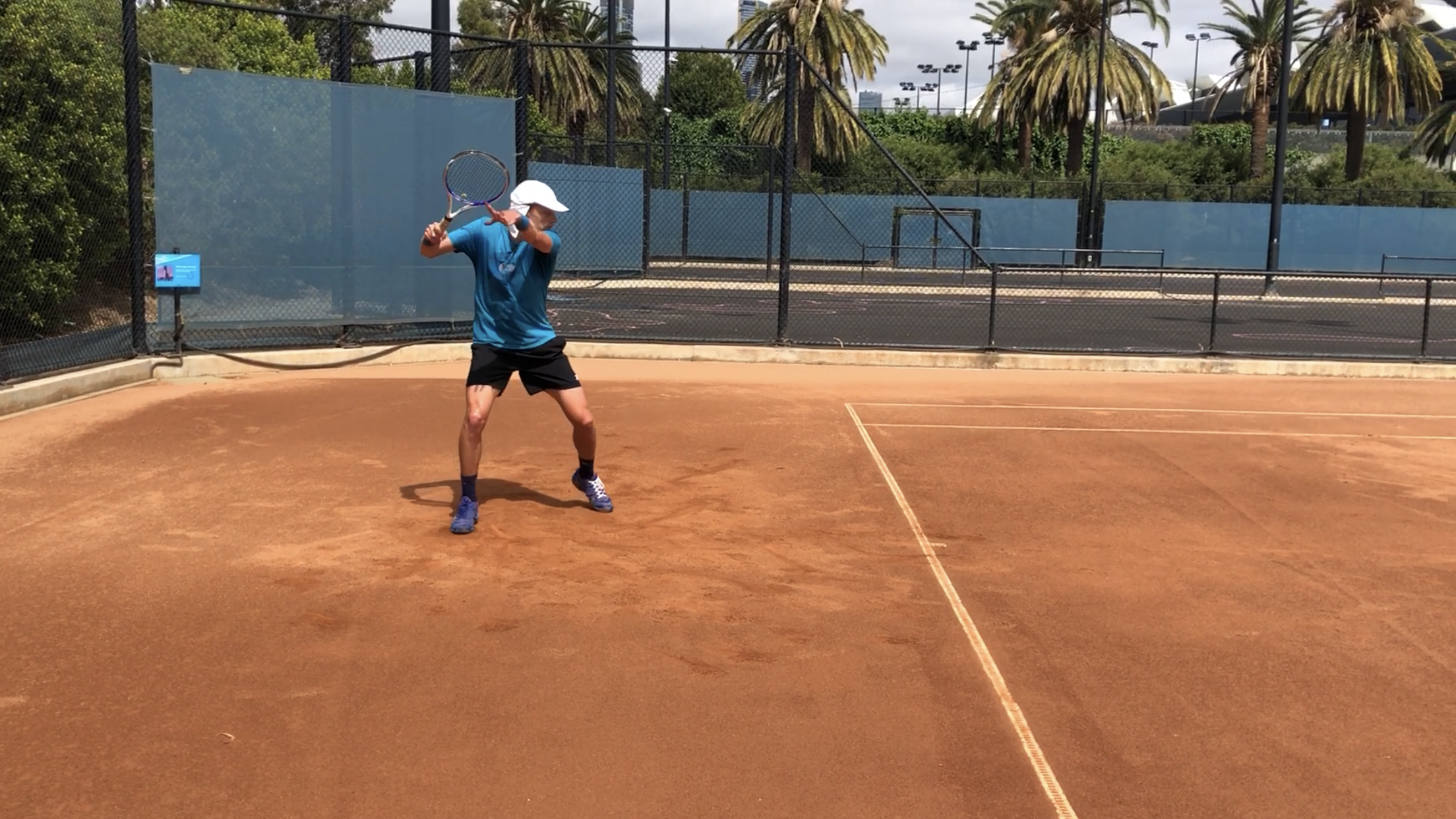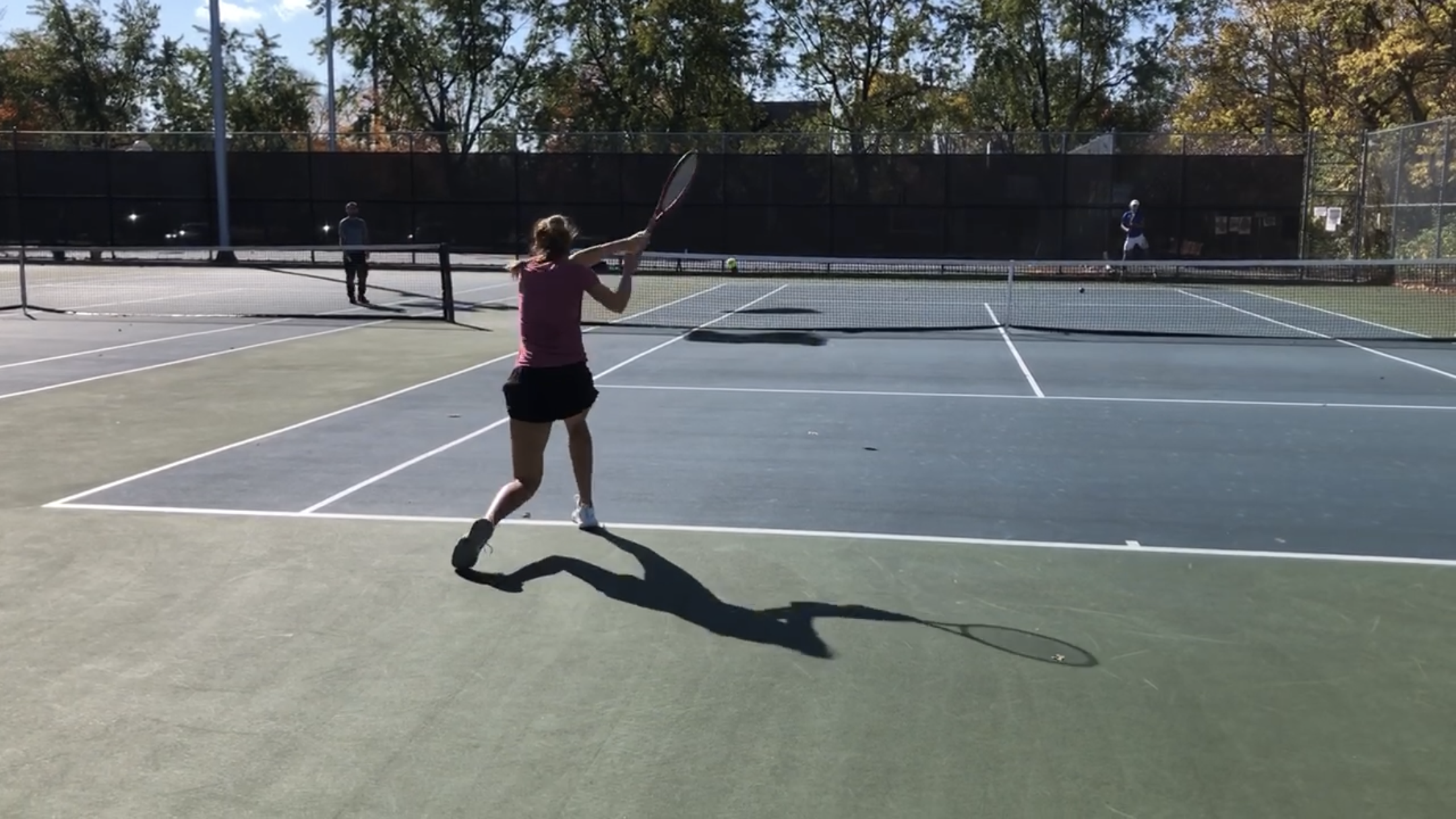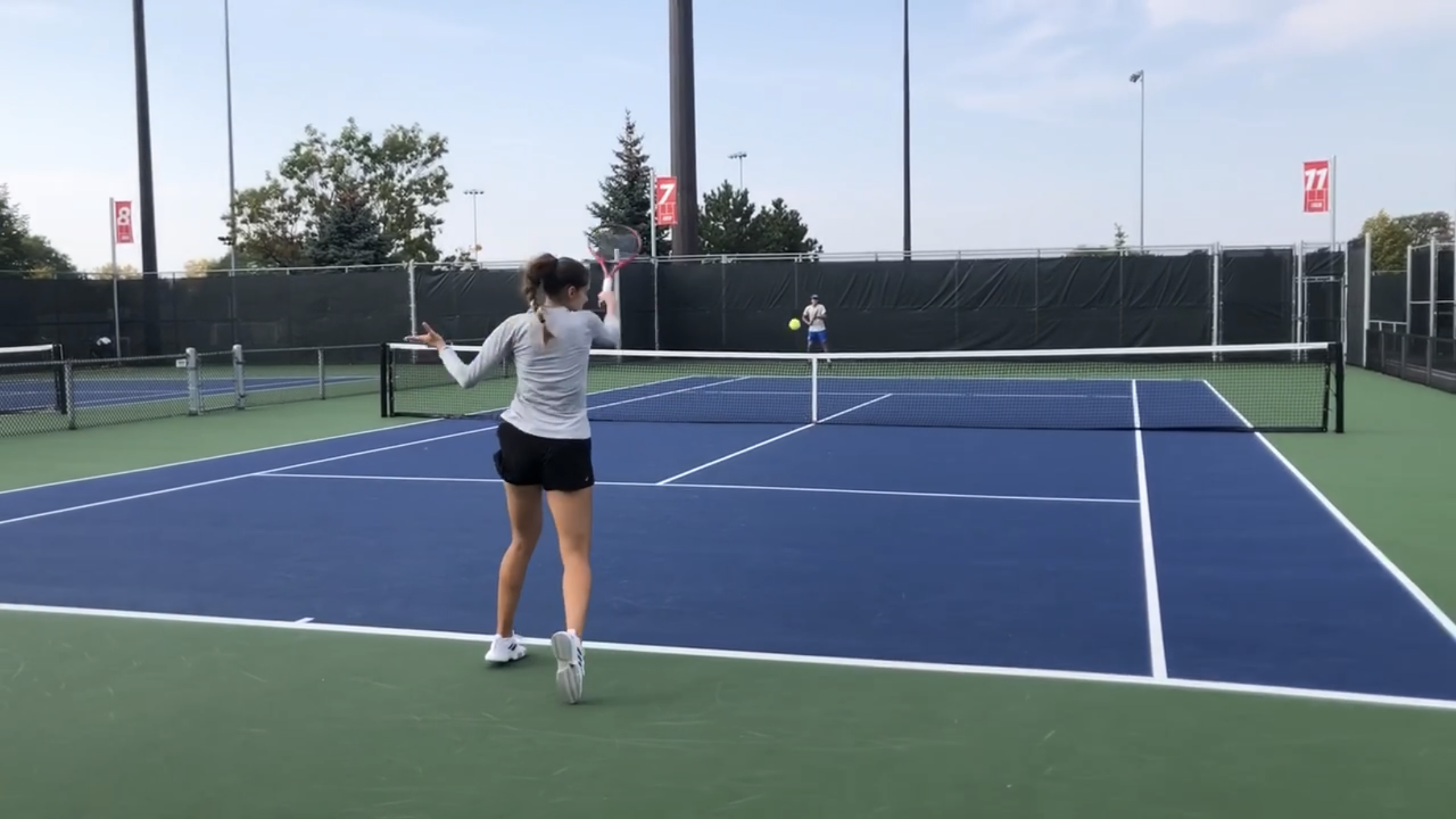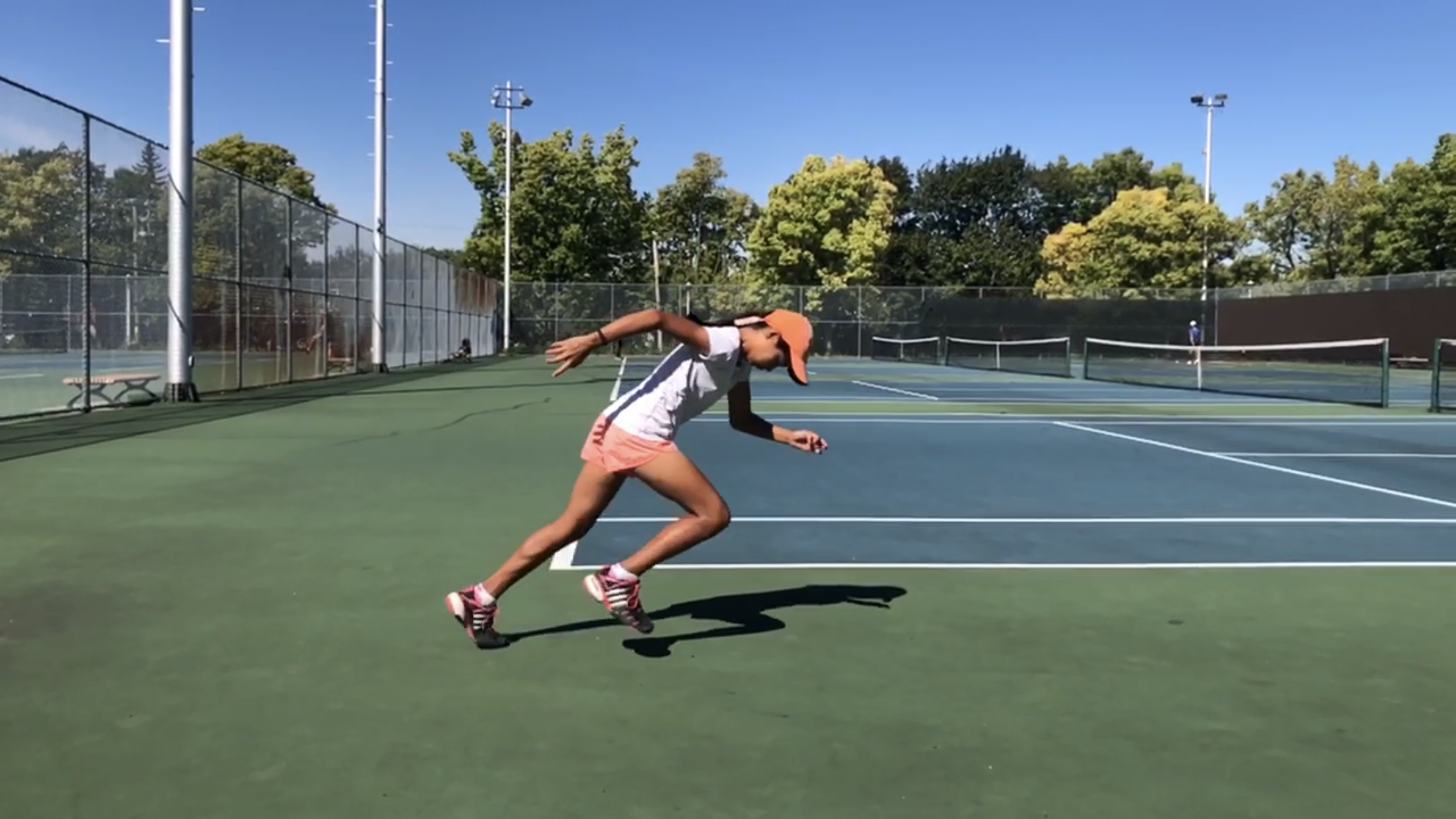A little while back, I wrote a post highlighting the need to serve earlier in practices - check out that article here.
I also discussed this on the BTS podcast with PhD in Sport Science, Jaime Fernandez, who recently published a research paper on this exact topic. His conclusion - serving should happen at some point in the first half of a tennis practice AND NOT at the very end of a session. This will benefit players both from a development standpoint and from an injury mitigation point of view.
If you’ve read my blog in the past, you’ve likely seen my post on attentional focus cues - and the research + implementation that goes along with it.
You may have also read my take on the importance of cueing in general. And why the right cue - given at the correct time - is often more impactful than the perfect drill (although combining the right cue with a great drill is a recipe of success).
Whether you’re a tennis player or a tennis coach, if most of your practice time is spent hitting balls from a basket or hand feed, you might need to rethink your strategy.
Before I dive into this argument, let’s set the stage. There are essentially 2 types of practice balls that a player can receive. A live ball and a dead ball.
A lot of instruction in tennis is coach-directed. And a lot of that is simply the addition of information. Whether positive or negative, this often includes verbal feedback, praise and prompting. There’s also non-verbal feedback like gesturing or modeling - in other words, the coach uses a bodily action to demonstrate what they are seeking from the player.
My take on this - it’s critical… but (and it’s a BIG but), it’s overdone….
In this episode, I welcome PhD in Sport Science - Jaime Fernandez - one of the top tennis researchers out there.
Jaime and I tackle a number of sport science topics including best (and easiest) practices for monitoring on-court training loads, where to fit the serve into the practice schedule and what really matters when it comes to keeping the tennis shoulder healthy.
Martin also coaches athletes from other sports and shares his insights on using the Bondarchuk system to classify + organize training, where various tennis activities would fit into this categorization and the how + why behind mircodosing certain workouts.
Have you ever incurred an injury and been told to take time off to ‘rest’ that particular structure? While I don’t discredit rest from being an integral part of the healing process, I will say this - it’s not enough.
In this episode, creator of Hmmr Media - Martin Bingisser - joins me to talk about choosing exercises that are the most 'bang for your buck' in terms of training transfer.
As a former hammer throwing athlete (and now coach), Martin has an extensive background in trunk development and describes his approach - using bodyweight, weights and med balls - to target this quality.
Martin also coaches athletes from other sports and shares his insights on using the Bondarchuk system to classify + organize training, where various tennis activities would fit into this categorization and the how + why behind mircodosing certain workouts.
For the majority of tennis players, traditional ‘aerobic training’ is useless. That’s a pretty bold statement, I know. But hear me out.
In tennis, successful players need to be skillful. They must possess technical mastery across a number of strokes. They require a strategy. And tactics to implement said strategy.
Even though I have a bias towards being very prepared from a physical standpoint (as long time readers of Mattspoint would know), technique and tactics are still top priority.
IWhat is coordination? What are the fundamental movements young players need to lay the foundation for future athletic + sporting success?
In this episode, my good friend and colleague Howard Green joins the show to tackle all these topics and more. Howard is the creator of 'Supermovers' - a program dedicated to the development of movement skills in under 12 athletes.
In this episode, the creator of Jump Science - Daniel Back - joins me to talk strength training for athletic development.
Coach Back shares why the back squat will improve both explosive + athletic movements like no other weight room exercise and why it's superior to the front squat or unilateral training as the 'primary lift'.
Is it really your strokes that are holding you back from your best tennis? In this episode, Tennis Canada Level 4 coach Wayne Elderton joins the show and dives deep into ‘model’ vs ‘game-based’ coaching - and why a game-based or 'tactical' approach to coaching is more effective & efficient when it comes to learning.
Coach Pfaff has been a direct mentor of mine for the last 6 years. I've learned more through his apprenticeship than any course, book or research article. With over 40 years of coaching experience, coach Pfaff has been through it all - in the trenches with world-class sprinters, consulting to ATP, WTA, NFL, NHL pro teams and today, he leads the ALTIS elite mentorship program.
We all use jumping in our training programs. But not all types of jumps are plyometric (and when it comes to improvements in elasticity & reactiveness, those details matter).
In this pilot episode, PhD candidate in plyometrics - Matt McInnes Watson - dives into what plyos are and what they aren't.
I get a fair amount of questions sent my way on a weekly basis and this past week was no different. But I thought it would be best to share them on the blog for others to benefit from as well (especially given that the questions were quite good and very relevant to what I often hear from coaches and players).
Let’s get to them!
Beware, if you read this post, your ideas surrounding tournament preparation might be turned upside down.
You see, there are several strategies employed by top athletes (and tennis players), in order to maximize their performance when they need it most. For tennis, that means tournament time.
In this article, I will highlight 3 of them. When implemented appropriately, they can be powerful.
At the time, I was deeply immersing myself in topics related to motor learning - and experimenting with this player in particular (he was quite open to new ideas).
One area that stood out to me was the topic of feedback - and its impact on learning.
Before we dive into this post, understand that playing tennis actually improves the stretch-shortening cycle (SSC). In essence, there are many ‘sister’ and ‘brother’ movements in tennis that utilize the SSC.
Picture this, you just battled your way through a 3-set, 3-hour marathon. You’re tired. Exhausted. Fatigued. The last thing you want to do is spend another 30 minutes or more recovering from the match.
But guess what, if you’re playing a match the following day - or worse, you’ve got another match coming up - you’ve got no other choice.
There are no shortages of training videos these days. Just open your Instagram or Facebook app and within seconds you’ll be inundated with more drills than you know what to do with.
The question is, will these drills help your tennis?
Tennis is a sport where players aren’t reaching top running speeds very often, if ever. Most movements in tennis are short in both duration and distance. Some older stats point towards 3 metres as being the average distance a player moves during each shot. But averages don’t really tell us the whole story.
Despite that, I always urge coaches and players to make sure there’s enough speed and acceleration training in their programs. Read More…
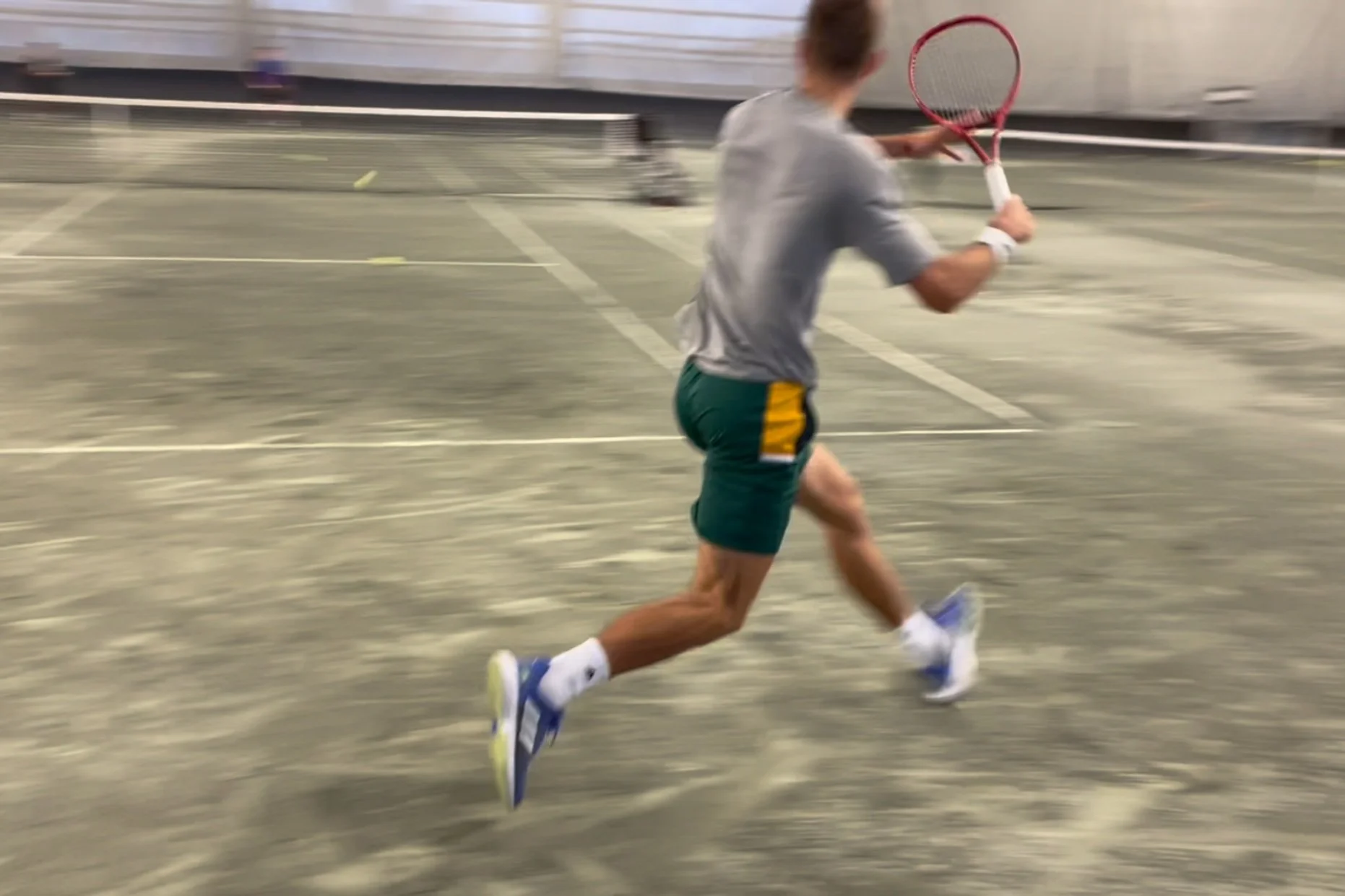

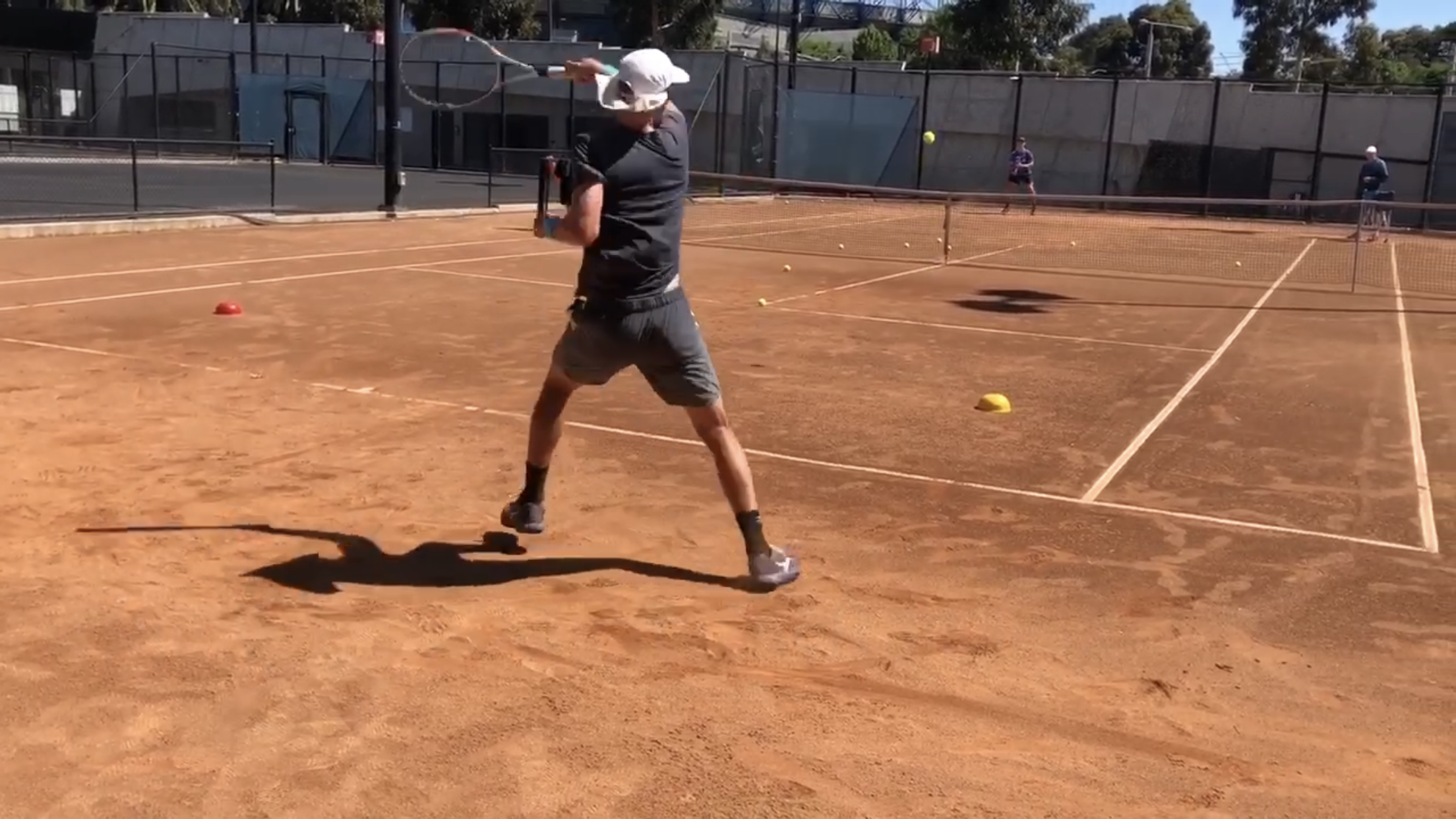

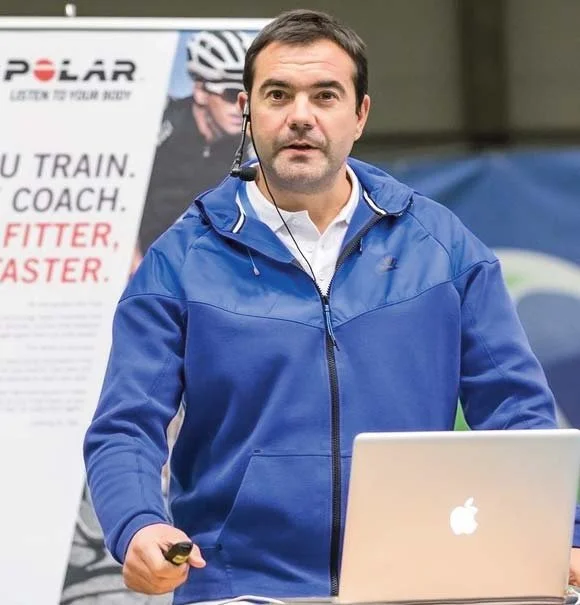
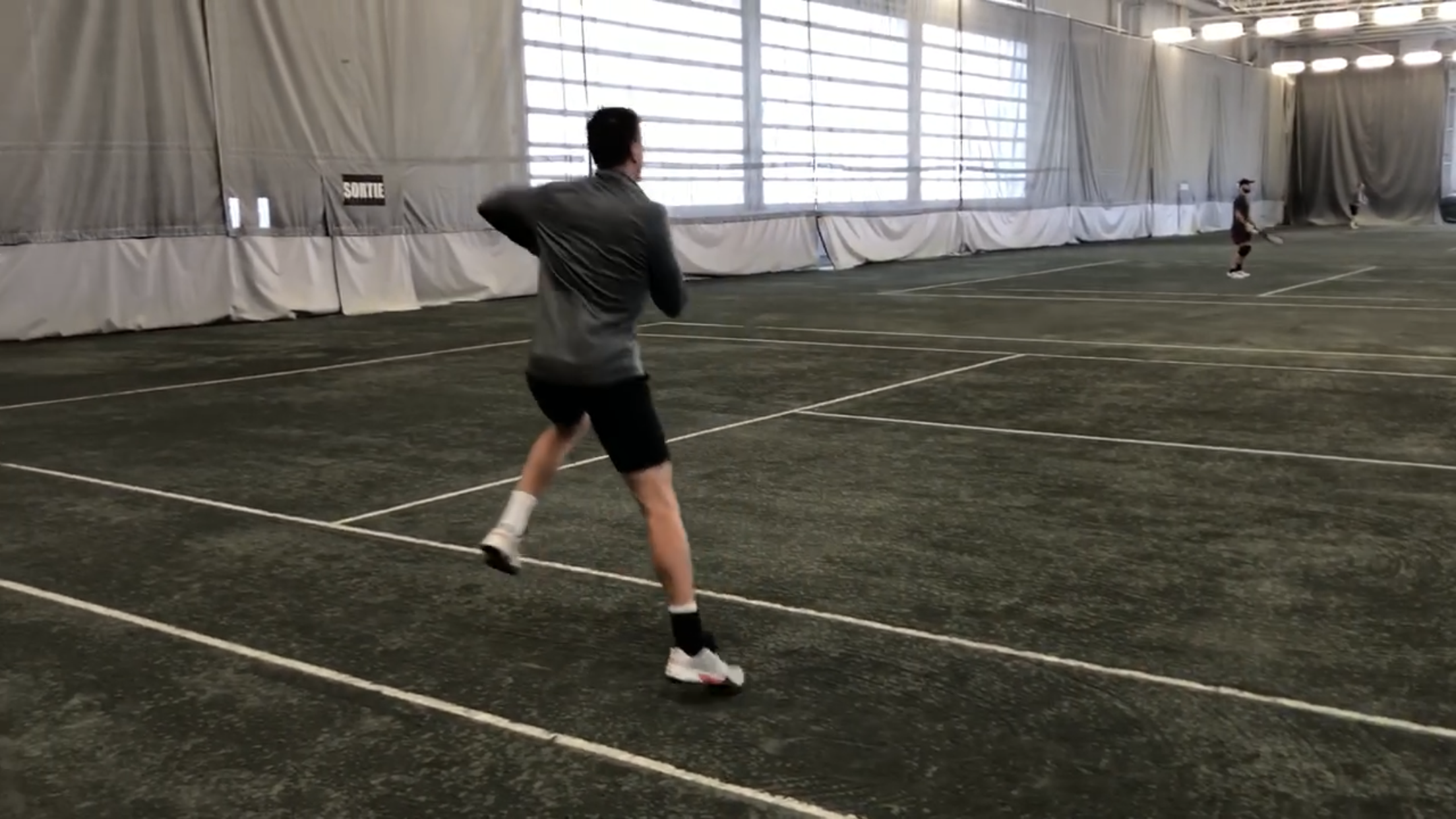
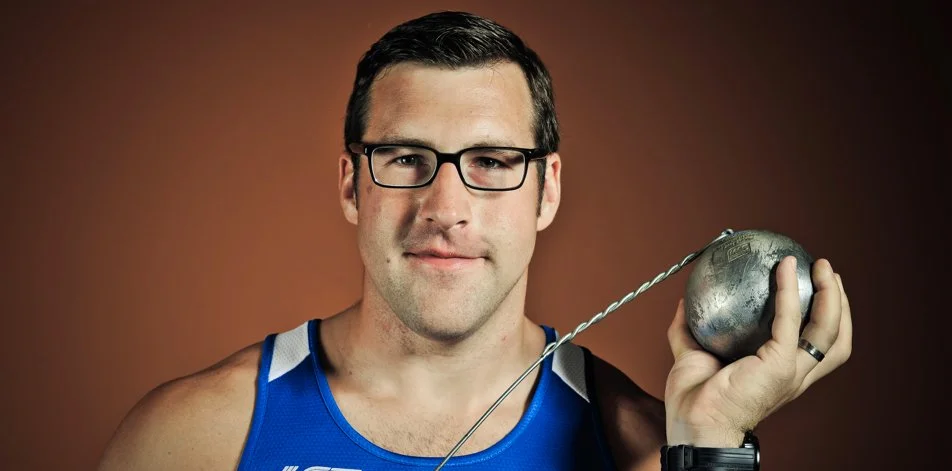
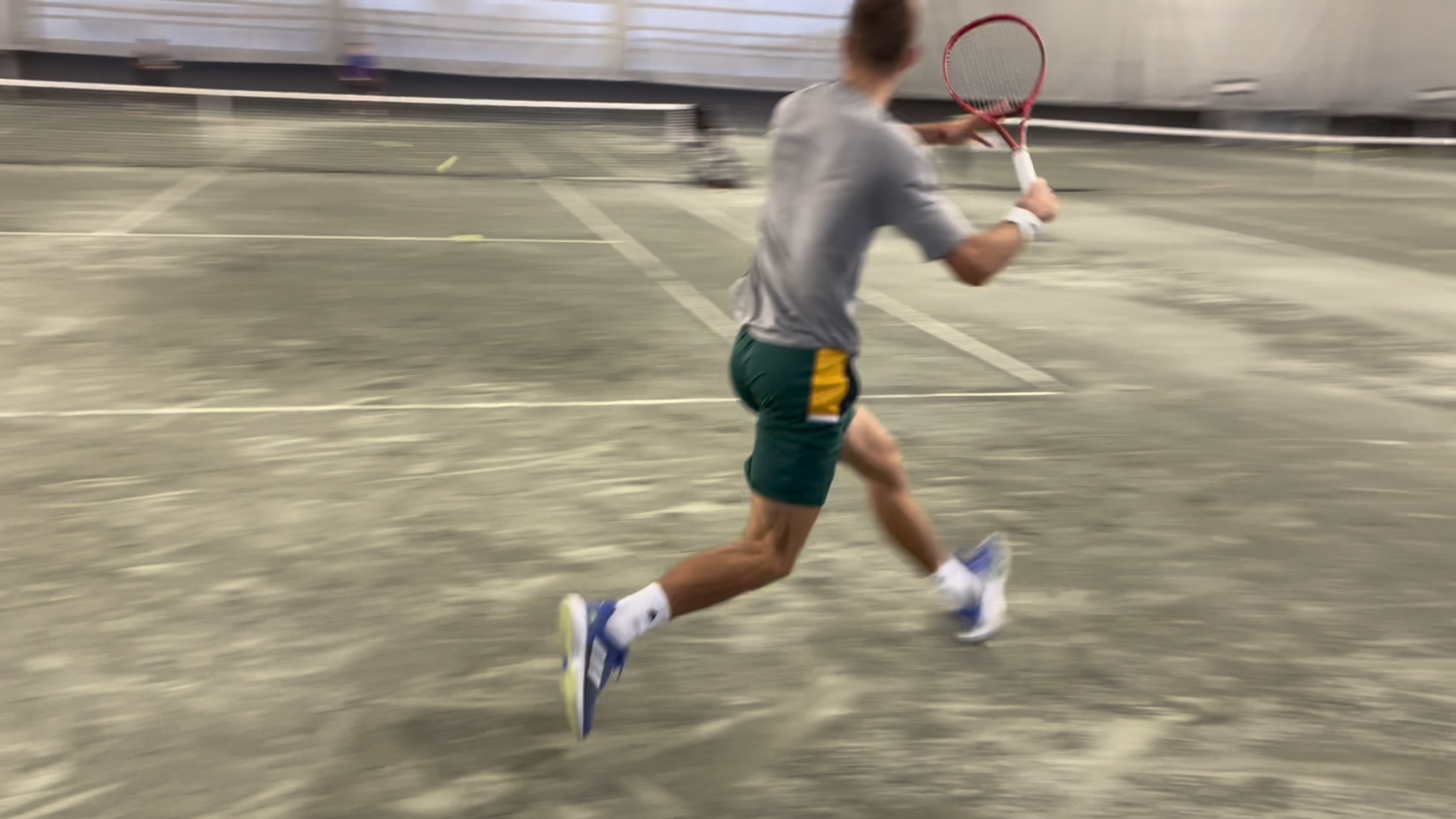


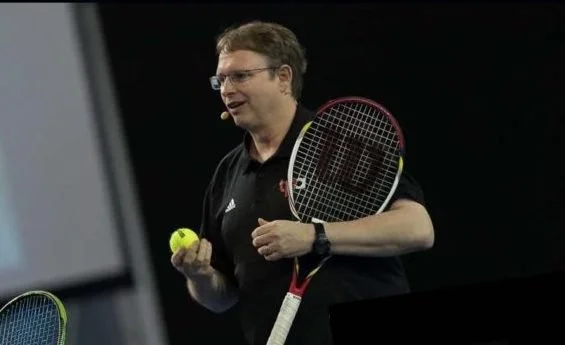
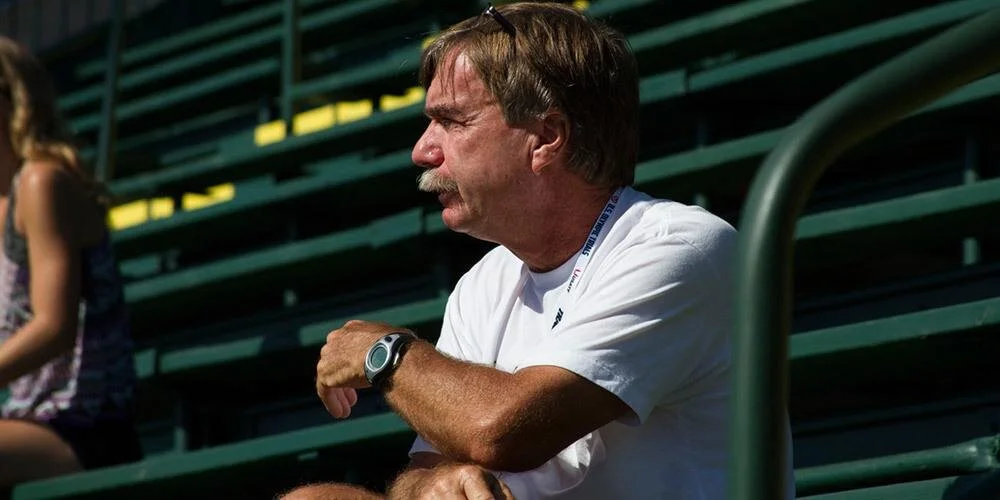
![Plyometric Training: What It Is and What It Isn't w/ Matt McInnes Watson [Podcast]](https://images.squarespace-cdn.com/content/v1/542e007be4b08e60716458a7/1633032144170-UW5QAV449DF9W0I9RNNQ/mmw1.png)
